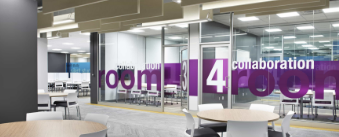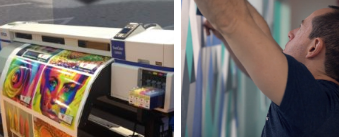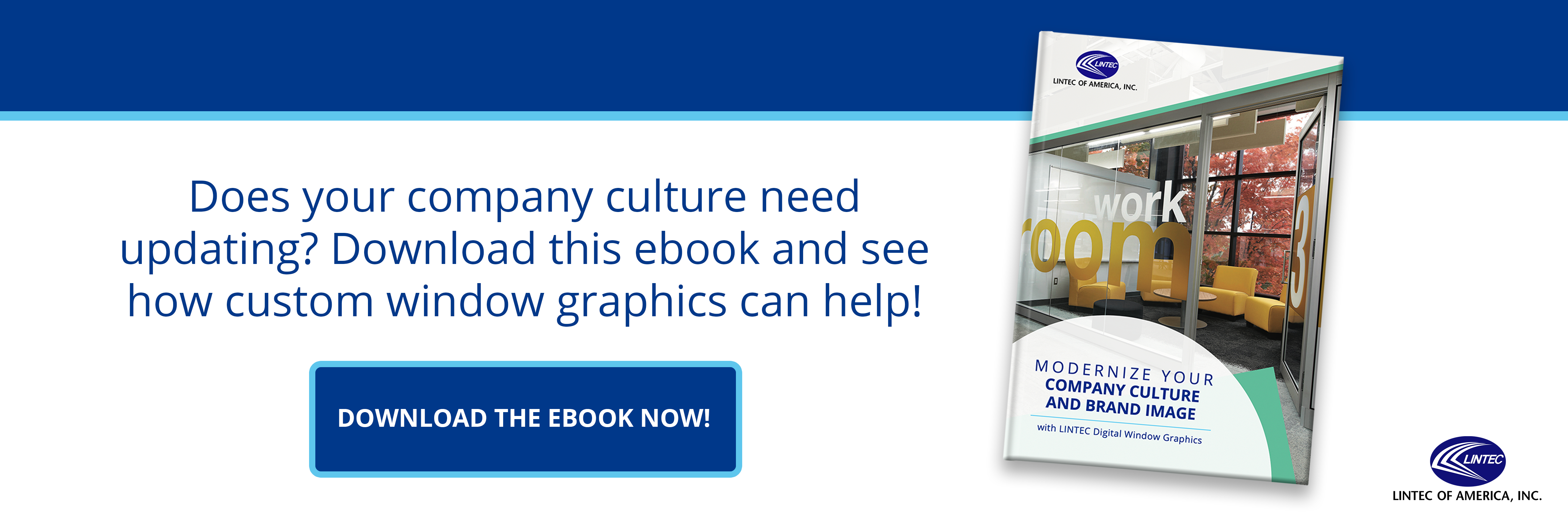
In the aftermath of COVID-19, there’s been a newfound focus on the air quality, ventilation, and safety of indoor environments. Science has demonstrated the benefits of a well-ventilated space, particularly how adequate ventilation can reduce the risk of infection from microscopic airborne pathogens like viruses and bacteria. Being close to others in a confined area can increase risks as smaller particles build up in poorly ventilated indoor spaces.
Open the Windows
Indeed, as scientist Cath Noakes explained in an episode of The Life Scientific, a well-ventilated space enjoys a 50-70% improvement in the average ratio of infections over a poorly ventilated one. Just opening windows can make building occupants up to four times less likely to get infected by other sick individuals in the same enclosed space. In other words, keeping windows shut can increase the risk four-fold.
Modern Office Buildings Face Challenges
Creating a well-ventilated space by having windows open all of the time is not easy. Windows in a modern commercial indoor environment may not open at all. Offices tend to rely heavily on extensive ventilation systems to keep fresh air flowing indoors.
New windows seal far better than older designs, generally won’t open, and are energy efficient but lead to less natural ventilation. The truth is that many of the same changes that have made buildings more carbon-efficient, energy-efficient, and environmentally friendly over the past few decades have actually made it more difficult to keep infection risks as low as possible.
Airflow in buildings is a complex matter, too. The level of wind outside, the direction of the wind, and the location of heating and radiators indoors can all affect airflow. Even the invisible thermal plumes above the heads of building occupants (since people are warmer than their environments) as they gather in spaces or walk around can move the air or create stagnant airflow spots that affect the risk of infection.
What Can We Do to Protect Office Health?
It’s not just how we behave (masks, social distancing, etc.), but the indoor environments we spend our time in that affect the risk of infection. Fortunately, opening windows is just one way to help control that risk for your building.
Your options can be segmented into two categories: changing behaviors or changing the environment. Behavioral changes like mask-wearing are tough to maintain in the long term for a whole society. Changing the way we structure indoor environments is a more sustainable, resilient method that doesn’t rely so much on people’s behavior. Here are a few potential measures to take:
More Natural Light: The ultraviolet radiation in sunlight isn’t all bad. UV has been shown to kill airborne pathogens, so more natural light (and more windows) is always a good thing. If glare in the mornings and evenings is a concern, consider using frosted, tinted, or printed window films to control glare in targeted areas while allowing natural light to pass through.
Upgrades to Ventilation Systems: One cost-effective but critical upgrade is a CO2 meter. When carbon dioxide regularly measures below 1,000 parts per million, this is a sign that indoor environments have fairly good ventilation. If readings frequently top 1,500 parts per million, this is a red flag that more changes need to be made for a safer office space.
Reduce Airborne Contaminants: Health in enclosed indoor environments is affected not only by disease, but by other tiny, harmful particles and chemicals in the air. Build and furnish the space with materials that are formulated specifically to reduce off-gassing of harmful particles from glues, plastics, chemicals, and other materials. Our eco-solvent digital window graphics, for example, can be printed with materials that contain less odor than full-solvent products.
Prioritize People: Modern design trends have trained us to think about energy efficiency and the performance of the building, but not as much about the performance of the people inside of it. Take actions to increase comfort, health, motivation, focus, and safe habits in the office. This could mean more plants and natural light for a welcoming environment, opening windows on nice days if possible, and including more glass in the office design for a sense of openness and better views. Optimize all these glass surfaces with printed graphics that reinforce current policies around health (such as masks or occupancy limits) and also promote your branding or decorate the office with inspiring, vivid imagery.
The legacy of the COVID-19 pandemic may be that it becomes a catalyst for lasting change in our indoor environments. We should all be thinking hard about what we can do to balance eco-friendly design with features that protect office health.



